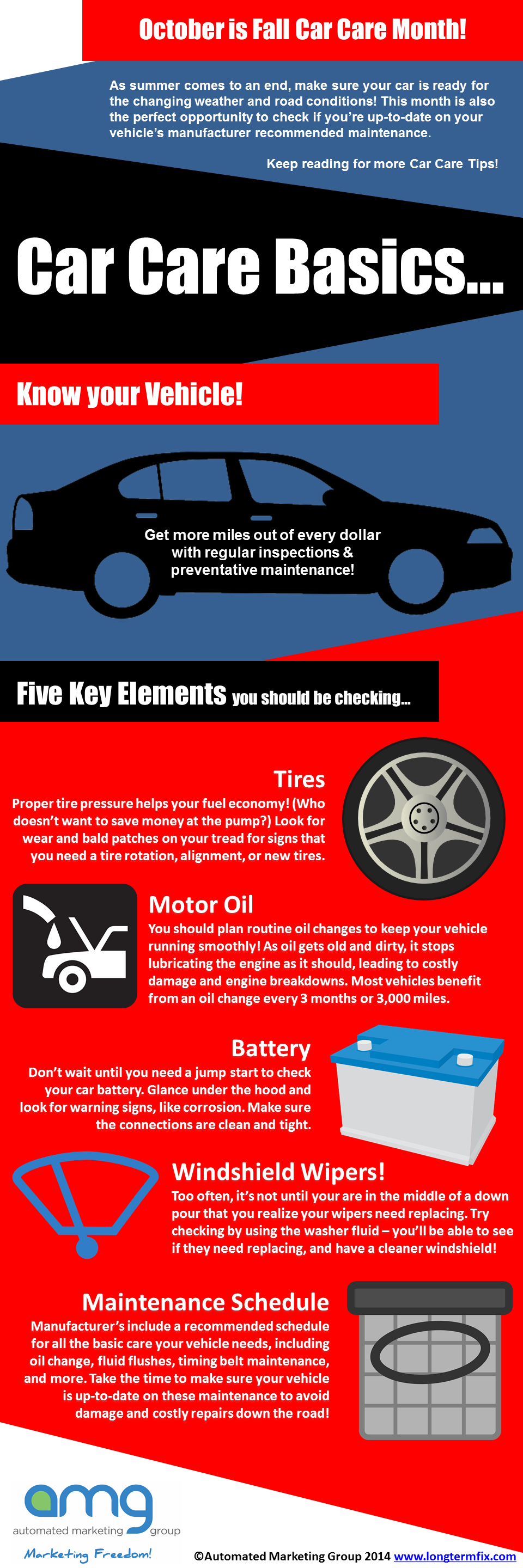Enlighten On Your Own On The Control Panel Warning Lights In Your Auto To Comprehend Their Impact On The Health And Safety Of Your Automobile
Enlighten On Your Own On The Control Panel Warning Lights In Your Auto To Comprehend Their Impact On The Health And Safety Of Your Automobile
Blog Article
Web Content Create By-Justesen Crawford
When you're behind the wheel, those beautiful warning lights on your control panel can be a bit complicated. Do https://www.cbsnews.com/baltimore/news/ivan-bates-accepts-baltimore-city-states-attorney-democratic-nomination/ know what they're trying to tell you about your auto's wellness? Recognizing the relevance of these lights is important for your security and the longevity of your car. So, the next time one of those lights turns up, wouldn't you want to understand its message accurately and take the essential steps to address it?
Common Warning Lighting and Interpretations
Determine typical warning lights in your automobile and recognize their meanings to guarantee secure driving.
One of the most normal caution lights include the check engine light, which signifies issues with the engine or emissions system. If this light begins, it's critical to have your automobile checked immediately.
The oil stress warning light shows reduced oil pressure, requiring instant interest to stop engine damages.
A blinking battery light could suggest a malfunctioning billing system, potentially leaving you stranded if not resolved.
The tire pressure surveillance system (TPMS) light informs you to low tire pressure, influencing vehicle security and gas performance. Ignoring this could bring about risky driving problems.
The ABS light indicates an issue with the anti-lock stopping system, compromising your capability to quit quickly in emergencies.
Last but not least, the coolant temperature level warning light warns of engine overheating, which can cause serious damage otherwise dealt with quickly.
Comprehending these common warning lights will certainly assist you address concerns immediately and preserve risk-free driving conditions.
Importance of Prompt Interest
Understanding the typical warning lights in your vehicle is only the first step; the relevance of quickly resolving these warnings can not be emphasized sufficient to ensure your safety and security when driving.
When a warning light illuminates on your control panel, it's your automobile's method of connecting a possible concern that requires interest. Overlooking these warnings can result in more severe problems later on, compromising your security and possibly costing you extra in repairs.
Motivate focus to cautioning lights can protect against breakdowns and accidents. For instance, a flashing check engine light might show a misfire that, if left ignored, might trigger damage to the catalytic converter. Addressing this quickly can conserve you from a pricey repair service.
Similarly, a brake system alerting light might signify low brake liquid or used brake pads, crucial components for your security when driving.
DIY Troubleshooting Tips
If you see a warning light on your control panel, there are a few DIY troubleshooting suggestions you can attempt prior to seeking expert help.
The primary step is to consult your auto's manual to understand what the certain warning light shows. Occasionally the problem can be as simple as a loose gas cap activating the check engine light. Tightening the gas cap might settle the problem.
An additional usual concern is a reduced battery, which can trigger numerous cautioning lights. Checking https://car-brakes-near-me95162.yomoblog.com/33875962/intrigued-to-understand-the-trick-behind-what-makes-a-car-repair-shop-trustworthy for deterioration and guaranteeing they're protected may fix the problem.
If https://brakefluidprice06294.blogdun.com/28226392/intrigued-in-locating-the-best-mechanic-for-your-car continues, you can attempt resetting it by disconnecting the automobile's battery for a few minutes and afterwards reconnecting it. Furthermore, examining your vehicle's liquid degrees, such as oil, coolant, and brake liquid, can aid troubleshoot alerting lights connected to these systems.
Conclusion
In conclusion, understanding your auto's caution lights is essential for keeping your automobile running smoothly and safely. By quickly attending to these alerts and recognizing what they suggest, you can avoid pricey fixings and possible malfunctions.
Remember to consult your vehicle's guidebook for specific details on each advising light and take action accordingly to make certain a hassle-free driving experience.
Stay notified, stay risk-free on the road!
